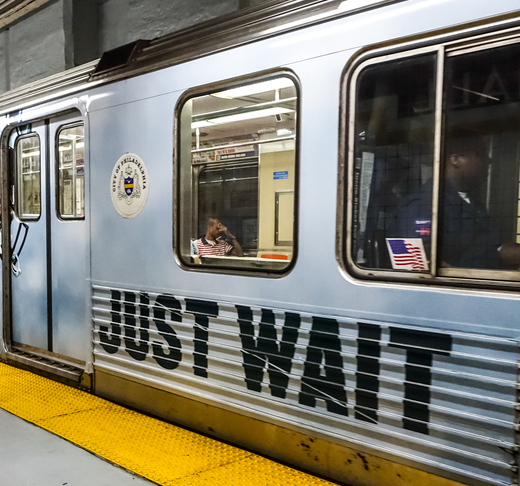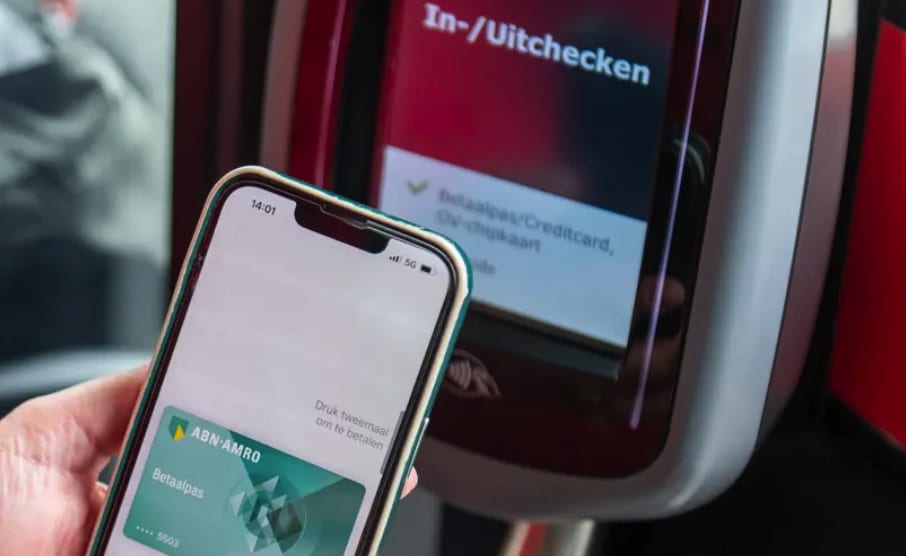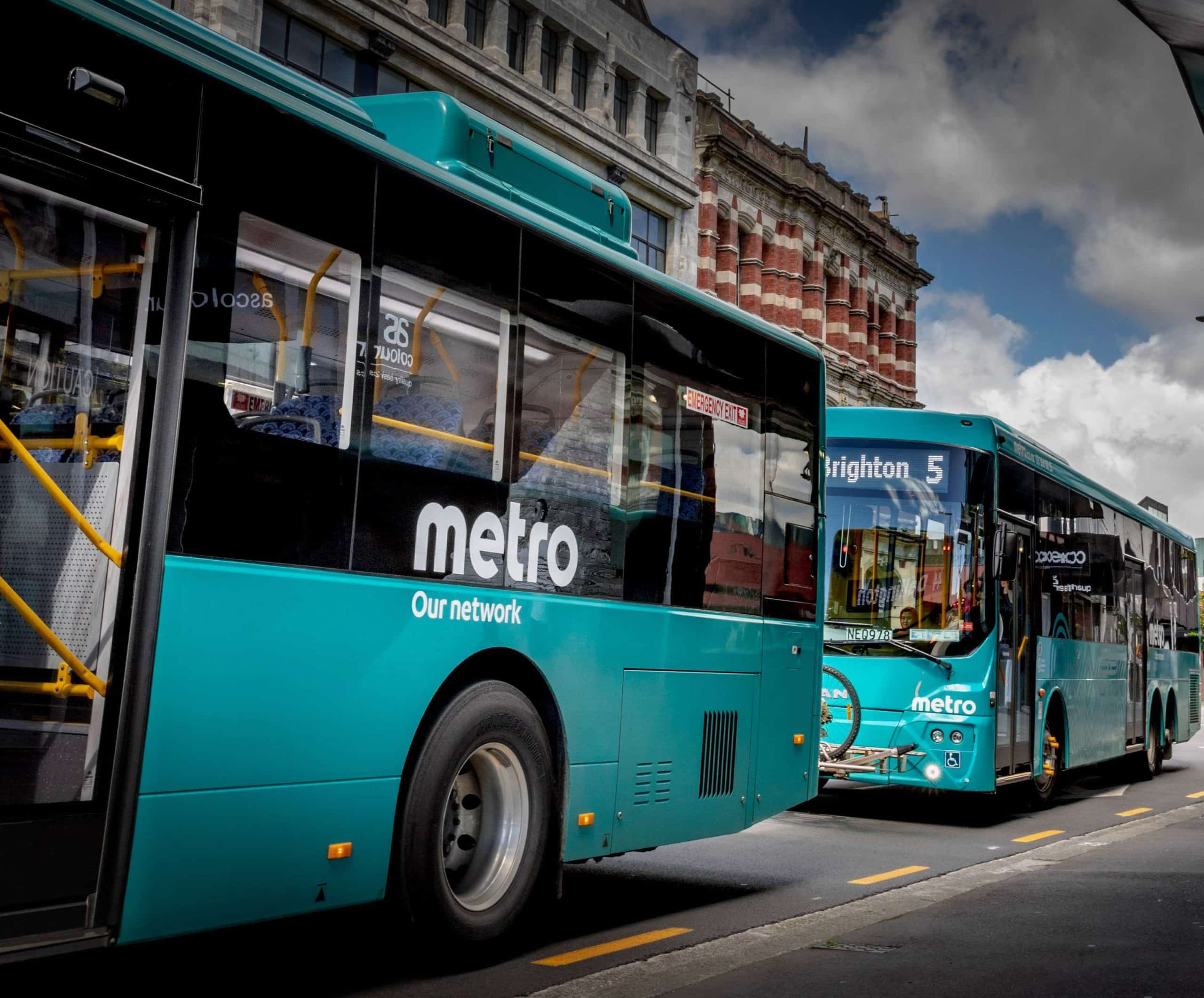
Article Highlights
SEPTA’s open-loop payments service has long been delayed, with officials originally planning to accept contactless bank cards and NFC smartphones directly for fares on board buses and at subway gates as far back as late 2013, long before U.S. banks began issuing contactless EMV credit and debit cards and even before Apple Pay first launched.
As in many U.S. cities, SEPTA is reporting falling ridership. The authority reported that it handled just over 300 million trips in 2018 for all of its modes of transport, down 1.8% from the previous year, according to the American Public Transportation Association. For the first three quarters of 2019, SEPTA’s total ridership fell by 2.9%.
• SEPTA
• Conduent
• Dallas Area Rapid Transit
The Southeastern Pennsylvania Transportation Authority, or SEPTA, in Philadelphia plans to introduce open-loop payments of fares, with a pilot scheduled for around June, a spokesman confirmed to NFC Times. It makes SEPTA part of a small but growing number of U.S. transit agencies that are accepting payments of fares from contactless bank cards and NFC wallets or are planning to do so.

















